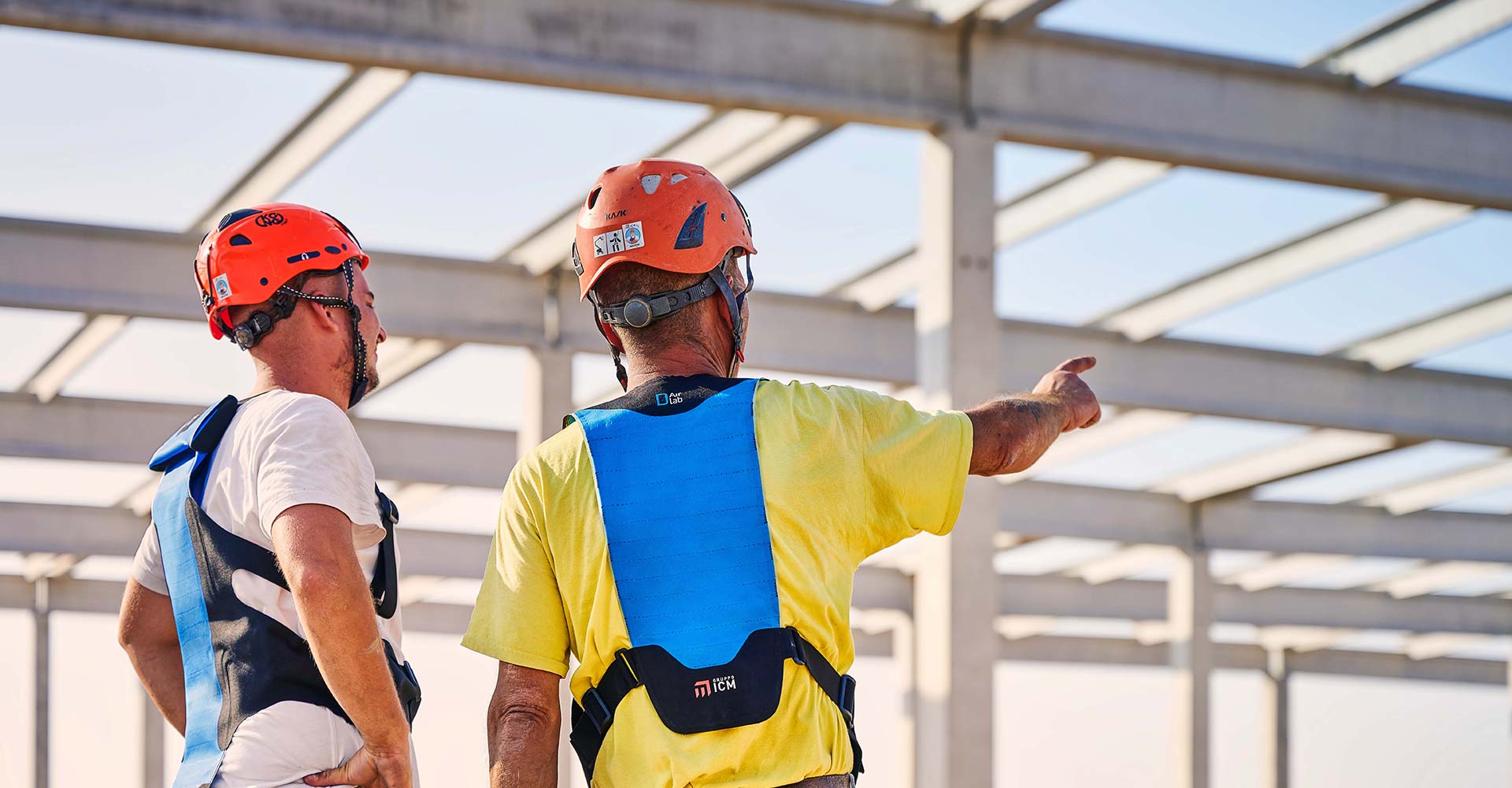Workplace safety is an absolute priority and a fundamental responsibility for every company. At the heart of this responsibility are Personal Protective Equipment (PPE), essential tools that safeguard the health and safety of workers from the specific risks present in every operating environment.
But exactly who must supply Personal Protective Equipment? And what are the specific provisions of the legislation in this regard?
In this guide, we will clarify all aspects concerning the supply, management, and use of personal protective equipment according to Legislative Decree 81/2008. You will discover the obligations of the employer, the active role of the worker, and how companies can benefit from INAIL safety incentives to invest in innovative PPE solutions like Wearable Technologies. Keep reading to ensure your company achieves full regulatory compliance and the maximum level of protection.
Who provides personal protective equipment to the worker?
Italian law on safety in the workplace, particularly Legislative Decree no. 81/2008, establishes that personal protective equipment must be provided by the employer. It is therefore the employer who has to:
- assess the risks present in company activities
- identify the most suitable PPE
- provide personal protective equipment to the worker free of charge
- guarantee that the PPE is kept in a perfect state of efficiency and replaced when necessary
- train and inform workers on its correct use
PPE comprises all the equipment intended to protect the worker against health and safety risks:
- helmets and protective equipment for the head
- fall protection harnesses and lifelines
- gloves, footwear and protective visors
- filtering masks and breathing apparatus
- Wearable Technologies: such as WorkAir, the airbag vest that offers a further layer of protection for work at height
In turn, the worker has the obligation of using the PPE in compliance with the instructions received and promptly reporting any malfunctions.
Learn more about PPE with the articles Category I PPE for protection of workers: a complete guide with examples; A complete guide to Category II PPE: examples, functions and use; Category III PPE for work at height: A Complete Guide.
INAIL safety incentives for employers
Over recent years, the State and entities such as the INAIL (National Institute for Insurance against Accidents in the Workplace) have introduced financial incentives and non-repayable grants for firms who invest in state-of-the-art safety equipment.
Over recent years, the State and the various entities have introduced financial incentives such as non-repayable safety grants for firms who invest in state-of-the-art safety equipment.
These include:
- ISI INAIL calls for proposals, which fund up to 65% of the expenses for improving safety in the workplace;
- Tax credit for investment in prevention technologies;
- Tax credit for investment in prevention technologies;
Why invest in innovative PPE such as WorkAir
Incentives and subsidies such as the INAIL safety incentives can cover the purchase of innovative solutions such as WorkAir, the airbag vest designed to protect workers working at heights against falls and impacts.
WorkAir represents a strategic investment in safety and prevention, and can also be considered as a key element in gaining access to the calls for proposals and grants linked to innovation and company sustainability.
Choosing state-of-the-art equipment such as WorkAir not only guarantees full compliance with safety laws, but tangibly enhances the culture of safety. WorkAir does, in fact, add a further level of protection to traditional fall protection systems, and can also be used in situations where these systems are not applicable, significantly reducing the risk of serious injuries in the event of an accident.
For an employer, investing in WorkAir offers a triple benefit:
- Reduction in accidents and days of absence
- Improvement of company reputation
- Easier access to financial incentives and calls for proposals dedicated to safety, such as INAIL safety grants
Do you want to learn more about how WorkAir can improve safety at your company? Contact us for a personalised consultancy.





